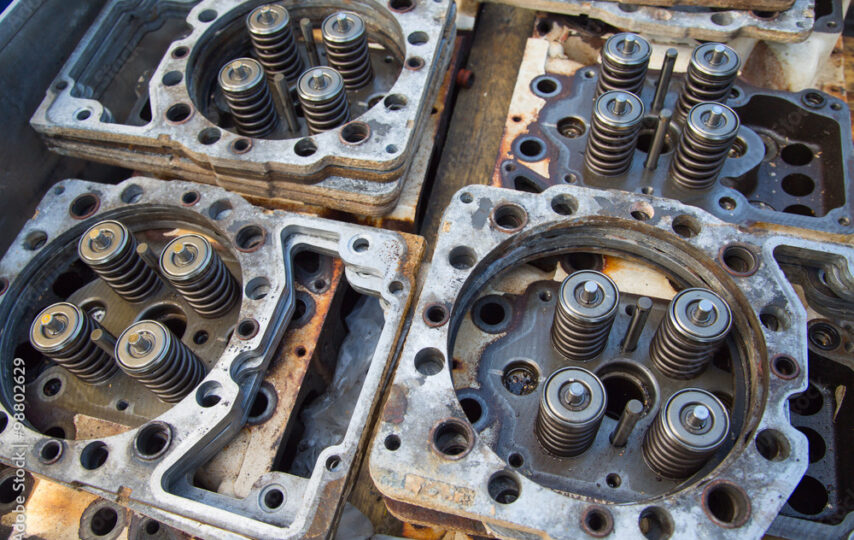Every vehicle has a valve that regulates the flow of air for the engine. It is typically fitted with one in each cylinder head and it opens when the car is running. In this blog article, we’re going to learn how an exhaust valve works as well as what automakers use to modify their valves!
If you are buying a car and looking for a particular feature to boost its performance, then you might hear other drivers rave about the engine’s “exhaust valve.” Simply put, it is an extension of the exhaust pipe that helps reduce back pressure and makes higher-pitched revving sounds. That specific noise is an indication that your car’s engine is performing optimally and functioning efficiently.
What does the exhaust valve do?
The exhaust valve on an engine serves two purposes: to protect the engine from burning too much fuel and to allow air and steam to escape the engine. If a valve is not functioning properly, it can cause the engine to overheat or fail.
The valve opens and allows air and fuel mixtures to escape from the engine. This helps to reduce the amount of pollution and emissions that are being released into the atmosphere.
When the valve is open, it creates a loud noise called “backfire.” The backfire noise is usually annoying when it occurs when you are driving, but it also helps to warn other drivers about your presence.
It is located on the side of the engine near the piston. The opening in the valve is smaller than the size of a spark plug, so combustion gases can flow freely through it.
The Purpose of an Exhaust Valve
It’s open to allow exhaust gases to escape as the piston is pushed down. The purpose of this valve is to keep the engine running smoothly by releasing harmful gases at a consistent rate.
Parts of an Engine’s Exhaust Valve
An engine’s exhaust valve is actually a pretty important part of the engine. It’s responsible for letting out all of the harmful exhaust gases that are created when the engine runs. When the engine is running, gases called oxygen and nitrogen are mixed together and combined with heat to create carbon dioxide and water vapor. The exciting thing about this process is that it creates energy (in the form of heat).
Conclusion
Hopefully this article on understanding an engine’s valve has helped you understand the function of the component and why it is important. If not, be sure to read it again so that you have full comprehension of what you are reading. When it comes to engines, nothing ruins a good day at the racetrack more than an improperly functioning exhaust valve — letting harmful gases escape without properly purging them.













